VIEW BY CATEGORY:
Hi, we're Hunter and Sarah, a husband-and-wife, luxury wedding photography team. We’re also educators, helping other photographers build profitable and sustainable photography businesses.
MEET US
LOOKING FOR SOMETHING?
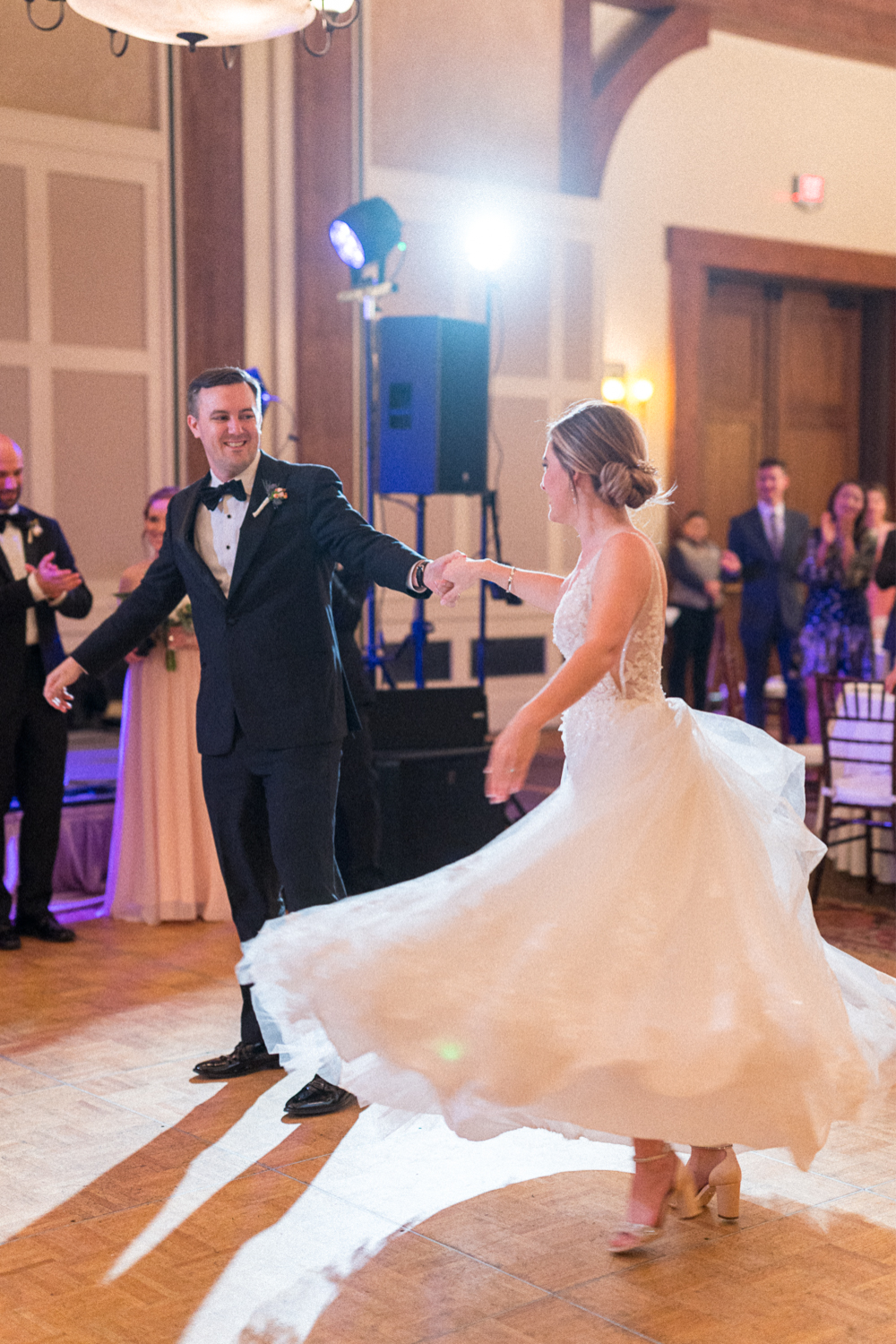
Best Starter Camera for Newer Photographers (Nikon vs. Canon vs. Sony)
September 8, 2022
—
Best Starter Camera for New Photographers (Nikon vs. Canon vs. Sony)
One of the most common questions we see from new photographers is, “what should my first camera be?” or, “who’s better, Nikon or Canon or Sony?” We’ve even had people DM us and just say, “Best camera under $500?!” While we have an answer for these questions, we think you might be surprised at what we have to say! In fact, rather than just telling you the name of a camera that will probably be outdated in a year or two, in this video, we’re going to teach you how to THINK when it comes to buying camera bodies, so you can make the right decision, no matter what your budget is or what the newest camera gear is.
Now, if you’ve been reading our blogs or watching our videos lately, you know that we’re in the middle of a series called, “10 Free Marketing Tactics for Photographers“. This series is ALL about how new photographers can use their time and energy to book new jobs, without spending a single dollar on marketing! But this week, we’re pausing that series to address what we believe is the best way to figure out which starter camera is going to be right for you, and we’re also going to dispel what we believe is one of the biggest myths in the photography gear world.

Nikon vs. Canon vs. Sony… Which is Better?!
Here’s the myth: that of the “Big 3” camera manufacturers — Nikon, Canon, and Sony — one is clearly better than the other. Honestly, we’ve found that that just isn’t true. Now, at any given point in time, one of these camera manufacturers likely has a slight edge over the other two. But then, the others respond by releasing a new camera a few months or a year later, and then THEY have the newest and the best. And that cycle repeats, with this never-ending race where camera technology just keeps getting better and better.
The best example of this was Sony, who from 2014 to 2018 was the only major manufacturer selling full-frame professional mirrorless cameras. During those few years, they were the best. But Canon and Nikon caught up, and now all three manufacturers have a slew of mirrorless cameras, both professional and entry level. And here’s the important thing to consider: for most photographers, the first camera you buy is likely going to be the brand you use for the rest of your career. It’s not like buying a Ford truck, and then a few years later you switch over to a Subaru.
Once you start buying lenses, you’re basically committed to that brand. In order to switch from Canon to Nikon, for example, not only would you have to buy a new camera body, but you’d have to sell ALL of your Canon lenses and re-buy the Nikon version. So on the one hand, who you start with is a super important decision… but… On the other hand, what we’re going to break down in this post is that — so long as you’re comparing models at the same level, whether you pick up a Sony or a Nikon or a Canon, you can’t really go wrong. They’re all fantastic manufacturers who have been making digital cameras since they were first introduced in the 90s, and when it comes to Nikon and Canon, making film cameras for almost a century.
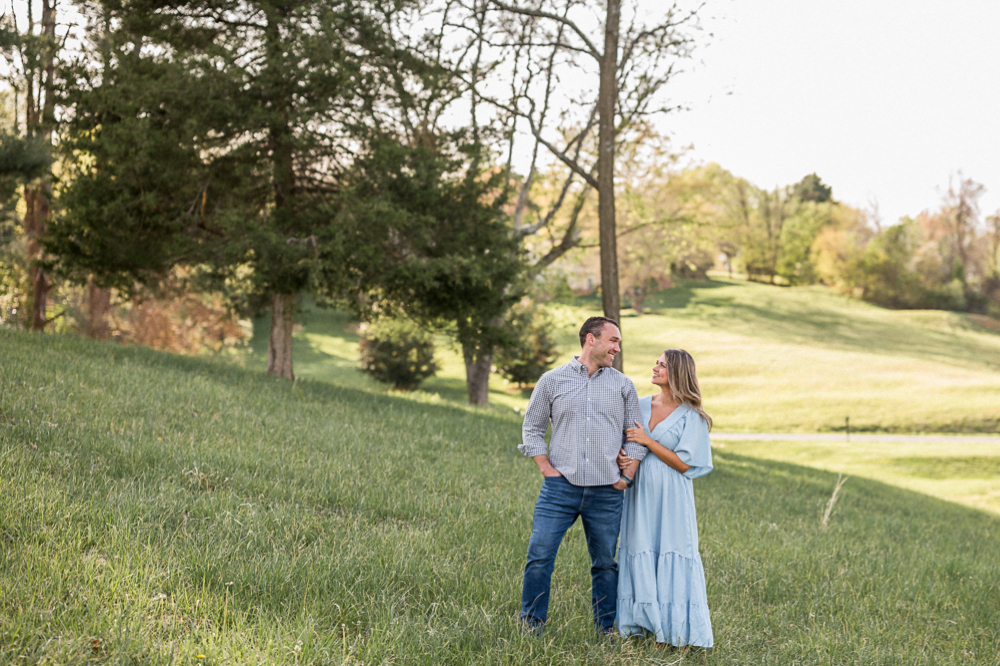
Actually… They’re Not THAT Different
Now, before people start yelling at us in the comments, we do want to make it clear that most photographers will agree that Nikon and Canon and Sony are different, but among professional photographers we’ve spoken to, there’s no real consensus that any one brand is objectively better than the other, so long as you’re comparing similar models. These manufacturers handle certain colors differently, and we definitely wouldn’t want to be editing a single session or wedding day in Lightroom if it was photographed with cameras from different manufacturers. But comparing any two of these companies is more like comparing Coke vs Pepsi or Mac vs. PC than it is like comparing Gucci vs. Walmart.
And we used Coke vs. Pepsi and Mac vs. PC as the examples because, just like in those two cases, people often feel VERY passionately about their choice when it comes to their camera type. Like we mentioned a few paragraphs ago, most photographers will start with either Nikon or Canon or Sony, and once they’ve bought a few lenses for that first camera, when the time comes to upgrade, they just buy a nicer camera from that same manufacturer, because they don’t want to have to sell all their lenses and rebuy them from the other company. And then they’ve invested in a nicer camera, so they invest in nicer lenses from that same brand.
Those people then end up using that ONE brand for years — maybe their entire career — and they become die-hard fans. And rightfully so – that camera brand has served them well for years! The only problem is that, in 90% of cases, they’ve never seriously used a camera from the other manufacturers, even though they swear that THEIR camera company is the best of the three brands. Or, they switched from an entry-level camera in one brand to a professional-level camera in a different brand, and think that it’s the brand — and not the fact that the camera is three times as expensive and way nicer — that made the difference.

Not All Cameras are Created Equal! (Crop-Sensor vs. Full Frame)
Let’s pause here for a second so we can be SUPER clear about what we are NOT saying. We are NOT saying that ALL cameras are the same, or that ANY Nikon camera is as good as ANY Sony camera. That’s of course not true at all! There’s a reason that these companies make cameras that sell for under $500, and also sell cameras that are more than $6,000. There is absolutely a difference in quality as you move up the product line. However, if you’re comparing Nikon vs Canon vs Sony, so long as you’re looking at the same point in the product line, the differences aren’t going to be huge.
Of course, that means you need to know where in the product line you are! So that’s what we’re going to spend a lot of the rest of this post discussing. When it comes to professional cameras, there are really two BIG factors to consider nowadays. Crop-sensor vs. full-frame, and DSLR vs. mirrorless. And both of these differences revolve around the image sensor — the small piece of technology inside your camera that actually “sees” the light and then records what a scene “looked like”.

In crop-sensor cameras, this sensor is smaller and cheaper than in full-frame cameras. Generally, this means crop-sensor cameras are considered beginner cameras, and full-frame cameras are considered professional cameras. But if you want to know more about the difference, we have a video/blog ALL about crop-sensor vs. full-frame cameras here! This is your first decision to make, and it’s really a decision about cost. Can you afford to spend more to get a larger sensor? If your budget is under $1,000, your only option is probably an entry-level crop sensor camera. But if you have over $1,000 to spend, and especially if you’re in the $1,500+ range, you should definitely consider a full-frame camera!
So, if you clicked on this video because you have $500 or $1,000 to spend on a camera, then your first takeaway point is that you’re probably looking for a crop-sensor camera. Nikon calls this “DX”, and Canon and Sony call this “ASP-C”. If you see either of those phrases next to a camera body, it’s a crop sensor!
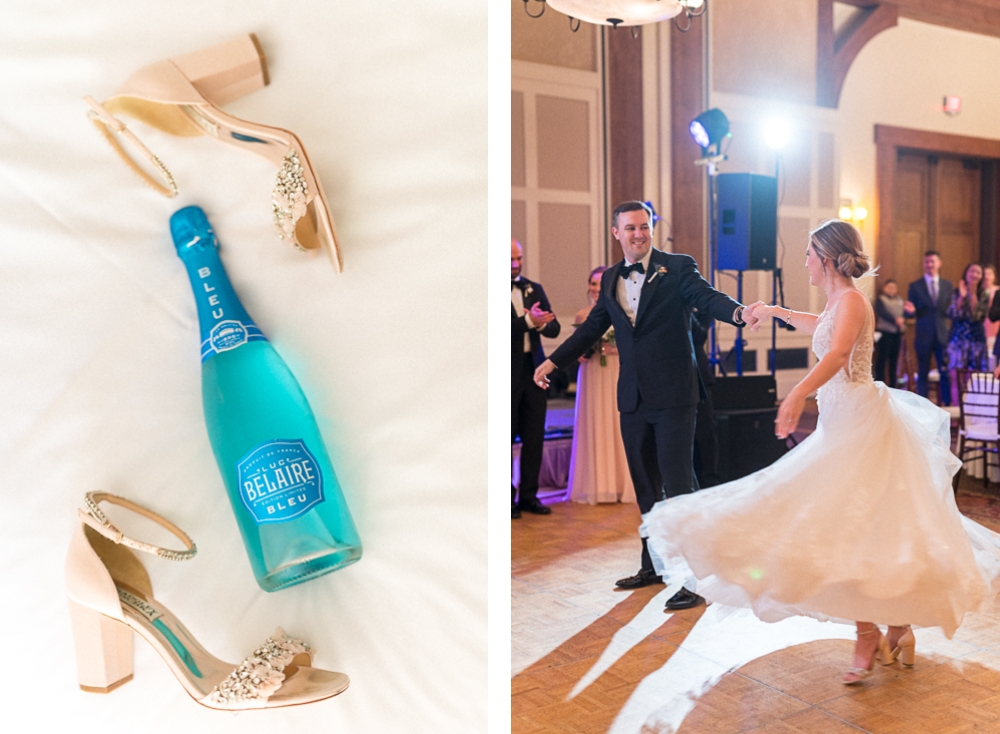
Not All Cameras are Created Equal! (DSLR vs. Mirrorless)
The second decision to make is DSLR vs. Mirrorless. Now, DSLR (or digital single-lens reflex) cameras have been around since digital photography went mainstream in the late-90s and early 00’s. And up until about 8 years ago, these were really all that existed for professional photographers. Then, around 2014, mirrorless cameras started showing up from Sony, and a few years later, from Canon and Nikon. Essentially, mirrorless cameras are smaller, lighter, and have better technology. But, they’re newer and feel very “techy”, since you’re looking at a screen when you look through the viewfinder, instead of looking through the actual lens via a mirror.
When they were first picking up steam in the mid-to-late 2010s, mirrorless cameras were way more expensive than DSLR cameras. But now, as the price has come down and these manufacturers have introduced entry-level mirrorless cameras, they’re priced about the same as entry level DSLRs, on average! While mirrorless lenses are still more expensive than their DSLR counterparts, DSLR vs. mirrorless is way more about preference than it is about cost, like it was maybe 5 years ago.

By the way, if you want more info on DSLR vs. mirrorless, we ALSO have a video all about that here! Spoiler alert: we think mirrorless is probably the way to go, even if getting started in that ecosystem IS a bit more expensive.
Now, if all of that sounds confusing, hopefully this chart below will help. Since DSLR cameras (and their lenses) are cheaper than mirrorless cameras (and their lenses), and since crop sensor cameras are cheaper than full-frame cameras, it makes sense that crop sensor DSLRs are the cheapest. If you want a crop-sensor mirrorless or a full-frame DSLR, those are going to be more expensive. And of course, full-frame mirrorless cameras will be most expensive of all.
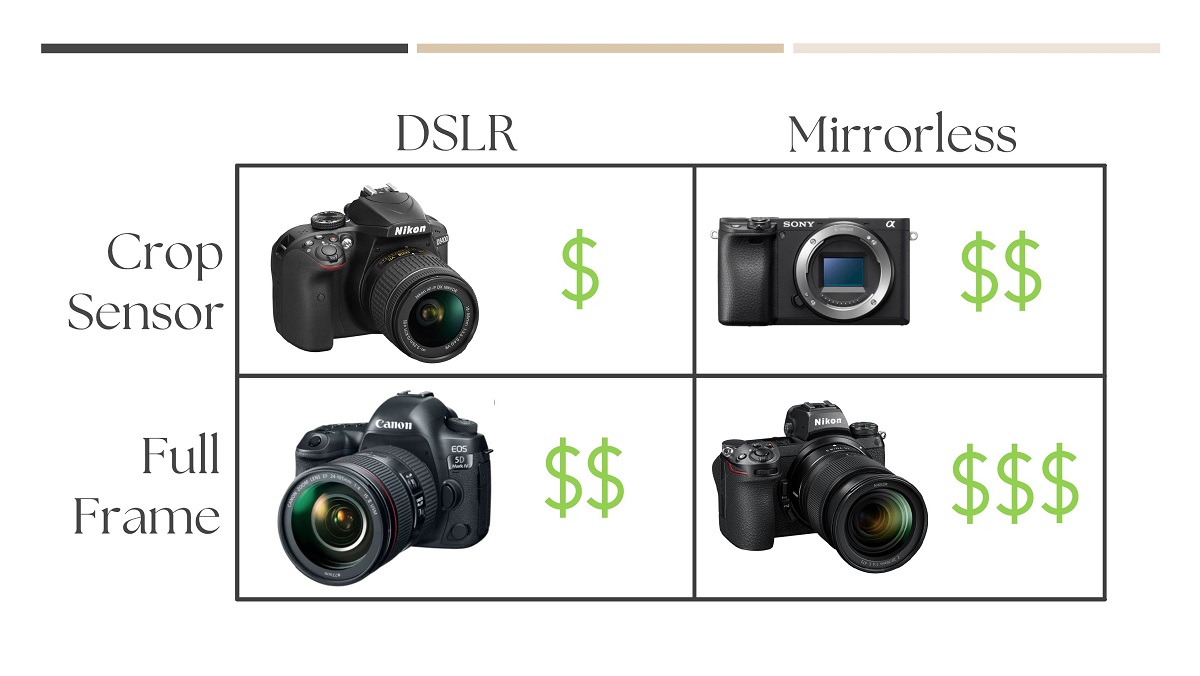
Compare Apples to Apples
Okay, so all of this information is great, but we still haven’t told you which cameras are the best! And we’re getting to that. But if you’re going to be comparing cameras — and especially if you aren’t sold on Nikon vs Canon vs Sony just yet, then knowing how to compare apples to apples as opposed to comparing apples to bicycles is really important! And in order to prepare for this video and help you all compare apples to apples… we did a LOT of research.
In fact, to be totally honest… we got lost down the rabbit hole a bit ???? We ended up looking at the individual web pages of all 40-ish cameras currently sold by these three companies. We gathered a lot of data and, as we were sifting through it all, it sorta confirmed a suspicion that we had had for a long time, which is that these three manufacturers are all incredibly similar when it comes to their lineup of digital cameras!
To the point that, if you’re just looking at specs and pricing, it’s kind of uncanny. Once you remove the older version of the most current cameras, with a very few exceptions here and there, Nikon and Canon are selling the same number of DSLR camera bodies on their website, and even the same number of crop vs full-frame sensors: 4 each. It almost felt like every single camera had a “cousin” at the other company!
For example, if your budget is around $500, and you’re looking for a crop-sensor DSLR, the Nikon D3400 is incredibly comparable to Canon’s Rebel T7. And if you’re looking for a full-frame DSLR for around $2,000, the Nikon D750 is comparable to the Canon 5D Mark 4. Etc.
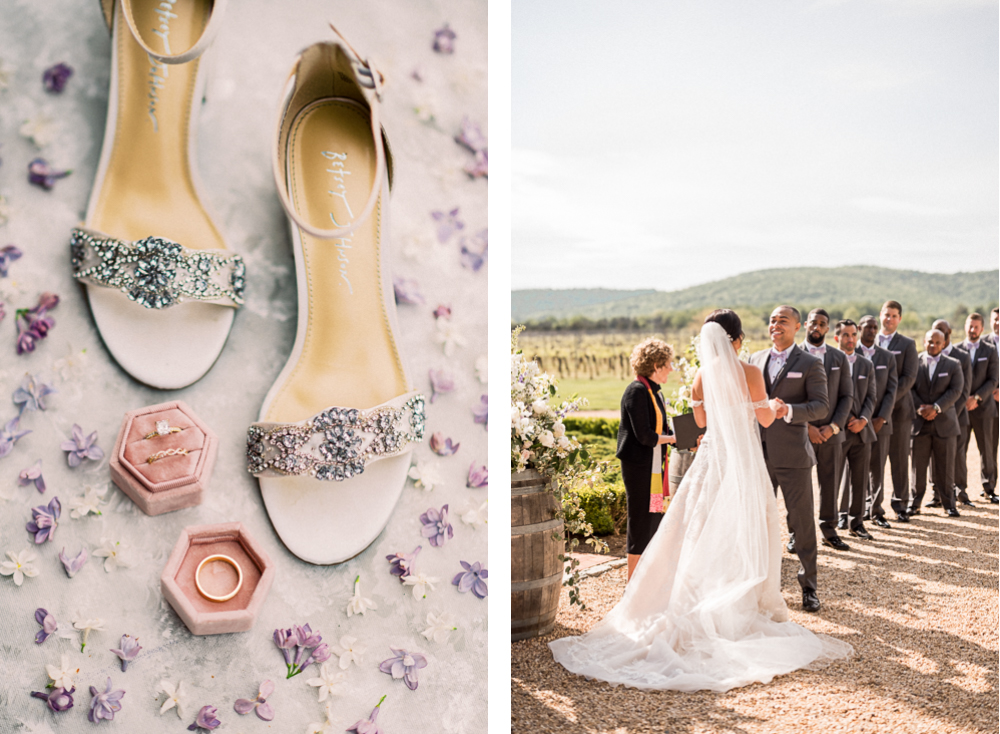
Now, if you’re REALLY interested, below is the breakdown of what we found. If there’s a takeaway to be had from this chart, it’s that — on the DSLR side — Canon’s cameras tend to be a bit cheaper than Nikon’s, although not always. Also, keep in mind that these charts are current as of September of 2022, so if you’re reading this post super far in the future, this may not be as helpful.
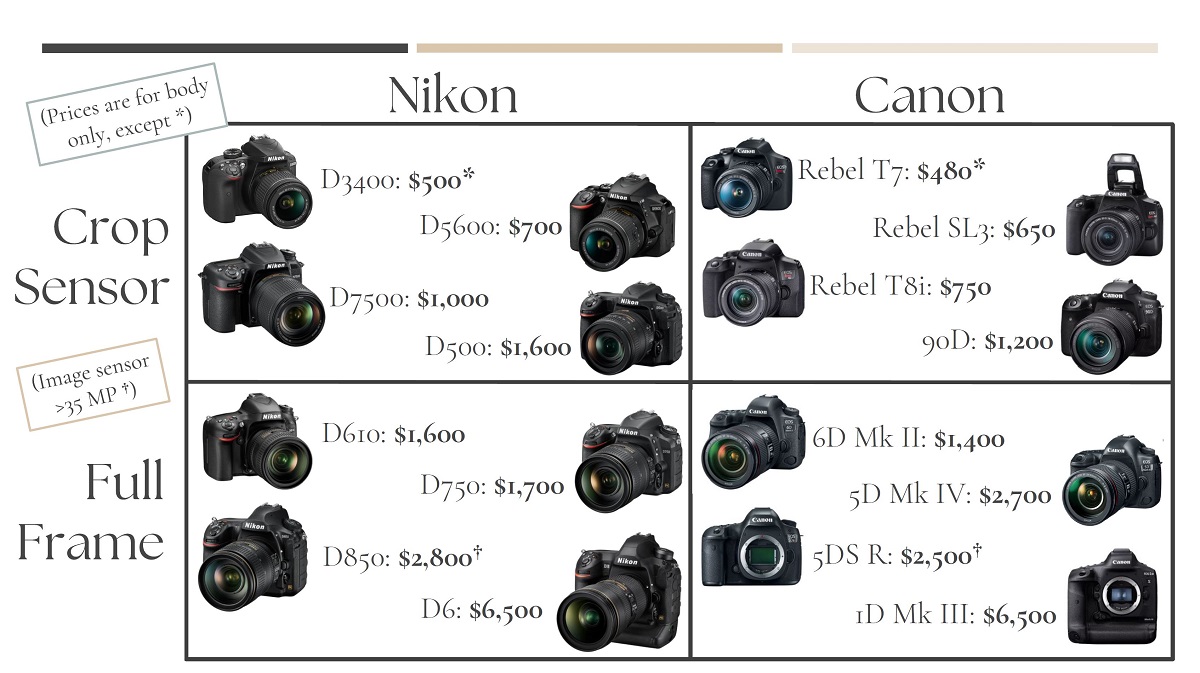
Aaaaand our research didn’t end with DSLRs. But just like with DSLRs, when we looked into mirrorless cameras across all THREE of the manufacturers, once we removed the older models, we found 2 crop sensor cameras and 5 full-frame cameras from Nikon, Canon, AND Sony. And this time, Nikon came out as cheaper, Sony as the most expensive, with Canon right in the middle. Again, this is probably more data than you need, but it hopefully gets the point across.
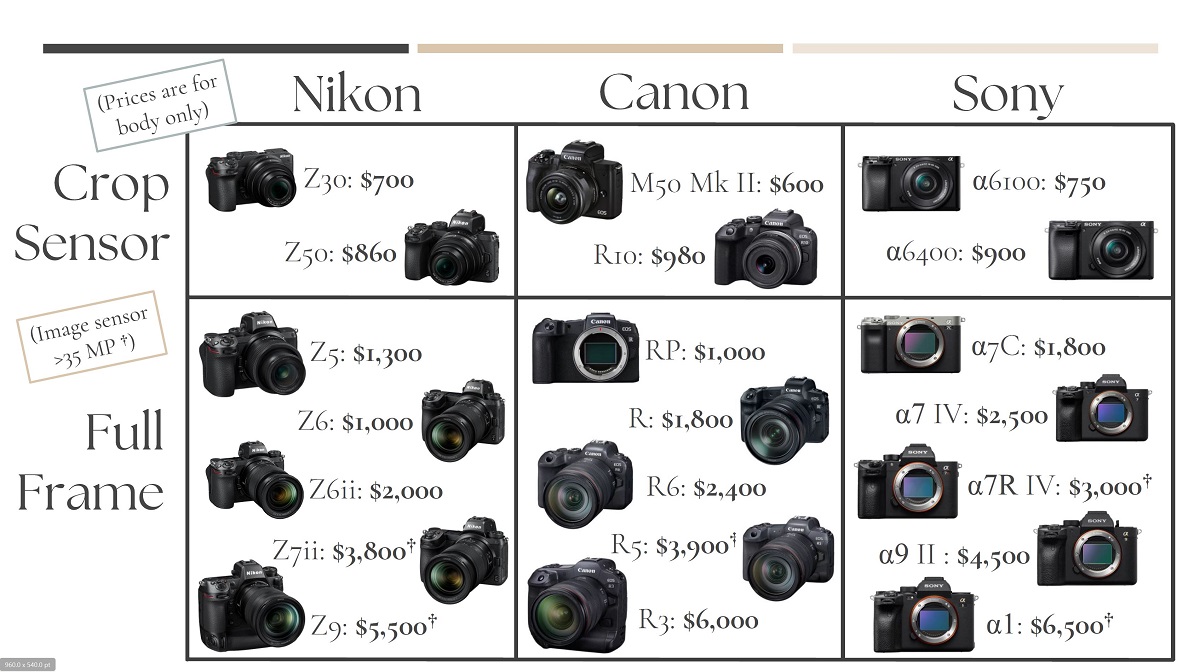
Other Considerations: Image Size & Max ISO
Now, if you don’t have time to go through these camera manufacturer’s websites and compare all 40 models like we did, the biggest things to pay attention to when comparing cameras — other than crop vs full frame and DSLR vs mirrorless, which you’ve hopefully figured out by now — are the actual size of the image sensor and the maximum ISO.
Image “size” is measured in megapixels, and tells you how large the images will be that your camera captures. The higher the megapixel number, the larger your final files will be. The average size for professional cameras right now is around 25 MP. Most 25 PM cameras will take images that are roughly 4000 pixels by 6000 pixels. That resolution is better than a 4K TV, so unless your clients are regularly printing your images larger than 16″ x 24″, anything in that range should be just fine!
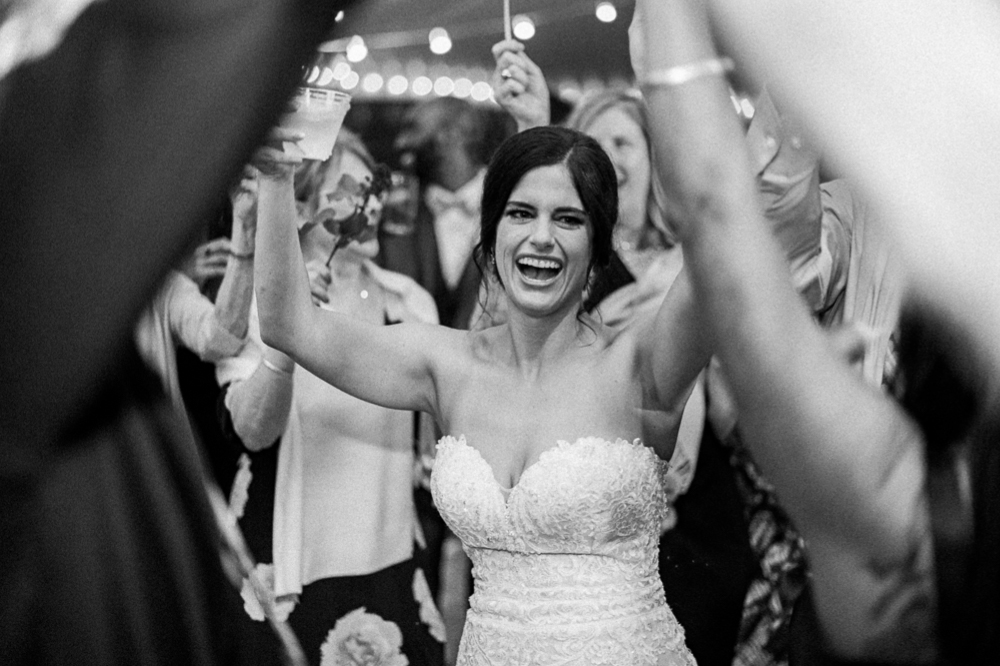
Meanwhile, maximum ISO is a good indication of how your camera is going to handle low-light scenarios. Some low-end cameras have a maximum ISO of around 12,000, while most high-end professional cameras have a maximum ISO of at least 100,000, and some as high as 819,200!
Now, I can’t say that we’ve ever taken an image on a wedding day at ISO 102,400. But an entry level camera whose max ISO is 12,000 shooting at ISO 10,000 will be WAY grainier than if you were shooting at 10,000 on a high-end camera whose max ISO is 100,000. That’s why we wrote about that max ISO is a good indicator of how your camera will handle all kinds of low-light scenarios, and not just when you’re shooting at your max ISO.

A Caution About Used Cameras
Now, for the sake of simplicity, throughout this entire video so far, we’ve been using pricing for NEW cameras, directly from the manufacturer’s website, whenever it was available. But obviously, if you’re looking at used cameras, some of the math begins to change here. And while buying a used camera can definitely be a great way to save money and get started, there is some caution to be had here…
If you’re trying to buy a used camera in order to save some money, we’d recommend buying the used version of one of the cameras that is currently being sold on Nikon or Canon or Sony’s website. If the camera isn’t listed on one of those sites right now, it’s likely because it’s been “retired” by the manufacturer… aka it’s old and outdated.
So, for example, if a Nikon D3400 is about $500 new, but you can find a used D3400 for $350 — great! Maybe it’s worth it to you to save the $150 and you don’t care that it’s lightly used. But even if you found a D3000 for $200… that discount might not be worth the fact that that camera came out more than a dozen years ago, and has outdated and obsolete technology.
Digital camera technology improves so quickly, that even a camera that’s a few years old can be hopelessly outdated compared to the newest cameras. So while saving money on used gear can be awesome, you don’t want to accidentally spend your hard earned cash on a dinosaur, thinking you’re getting a great deal.
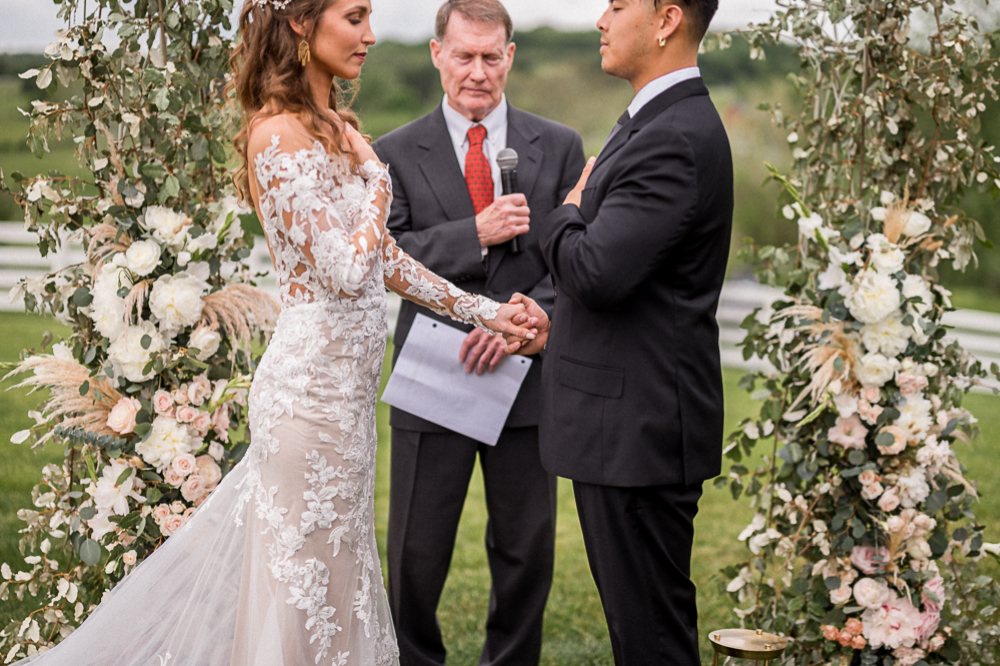
In Conclusion… The Best Camera Is…
Okay, so this post had a lot of information, so to sort of sum things up, here’s the core of our advice: the best beginner camera… is really just the one you can afford right now. If you have $500 to spend on a new camera, your options are a Nikon D3400 or a Canon Rebel T7. And honestly, it doesn’t matter that much which one you get.
And if you have $1,500 to spend on a camera body, you’re probably going to look at a Nikon Z6, a Canon EOS R, or a Sony a7C. And again… it really doesn’t matter all that much which one you go with! Just pick up a camera, get started shooting, and keep learning as you go.
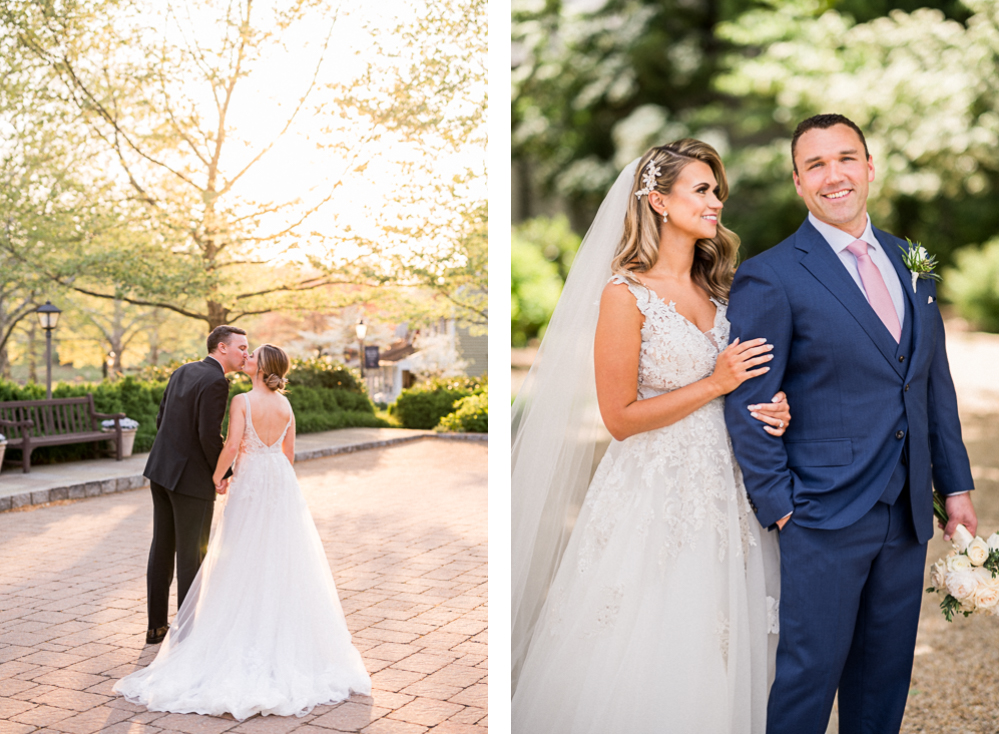
Want More?
Click HERE to get your free copy of our eBook: “5 Essential Tips for Turning your Side-Hustle into a Full-Time Photography Business.” You’ll also be subscribed to our newsletter, so our newest content, weekly encouragement, and exclusive offers will be delivered right to your inbox!
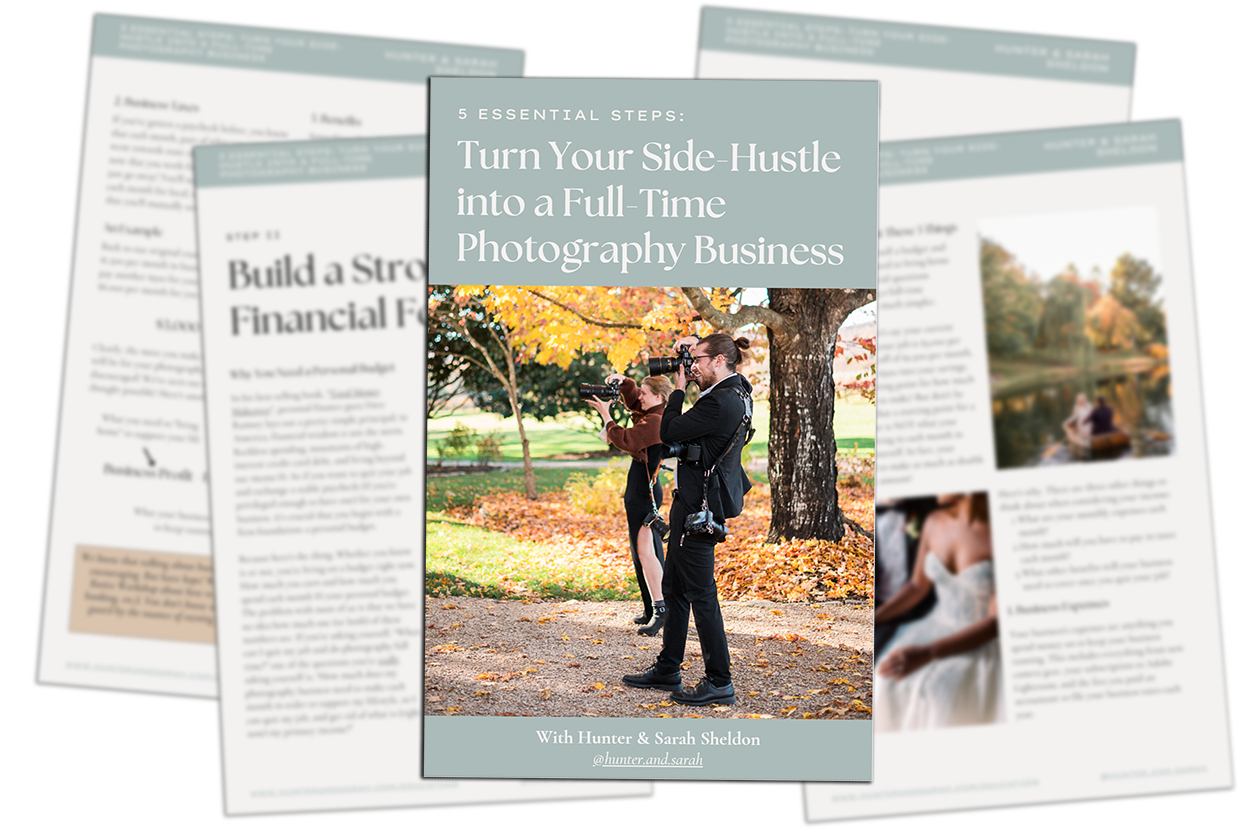
Filed in:
Wedding Photography & Photography Education
Charlottesville, Virginia and Beyond
HOME
ABOUT US
WEDDINGS
JOURNAL
FOR PHOTOGRAPHERS
PRESS & PRAISE
BLOG
CONTACT
e. hunter@hunterandsarahphotography.com
p. (434) 260-0902
